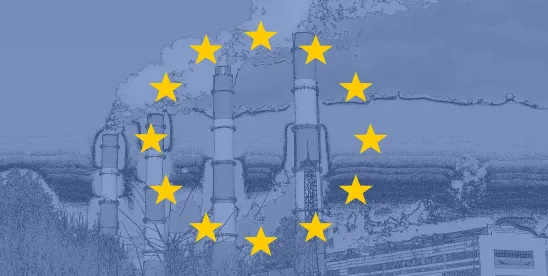On 21 October 2024, the EU Ombudsman issued Recommendations in the context of her own-initiative investigation on ‘The risk management of dangerous chemical substances by the European Commission’ (Case OI/2/2023/MIK).
The inquiry, opened on 8 June 2023, investigates the Commission’s practices – notably its delays – in the examination of requests for authorisations of specific uses of substances of very high concern (‘SVHC’) under Regulation (EU) No. 1907/2006 (‘REACH’).
The recommendations note that the Commission encounters “significant delays” in the drafting of its decisions on applications for authorizations after receiving opinions from ECHA’s Committees (RAC and SEAC). While REACH imposes a three-month time limit to the Commission, the average delay is estimated at 14,5 months. In its responses to questions raised by the Ombudsman, the Commission had justified such delays by the combined impact of pending CJEU cases requiring a stay in examinations as well as an increased number of applications for authorizations (e.g. Chromium VI).
The Ombudsman was not satisfied by this justification accusing the Commission of a “persistent failure” which it qualifies as maladministration.
It recommends that the following measures be taken:
- Internal organization. The Commission is bound by the time limit and must organize its internal procedures to ensure that they are respected.
- Serious uncertainty and insufficient information in applications. The Commission should identify at an early stage if an application presents too many shortcomings and reject it, keeping in mind that the burden of proof is placed on the applicants.
- Requirement to take into account all relevant information on its own motion. The Ombudsman emphasizes the need for the Commission to rely on the opinions of the RAC and SEAC instead of undertaking supplementary scientific investigations.
- Pending court cases cannot justify the significant and systematic delays encountered.
The Commission is granted until 17 January 2025 to issue a detailed opinion responding to the Recommendations. The process will then be concluded by the issuance of a report by the EU Ombudsman. In cases of serious infringements, or where the nature of the infringements requests so, the report is transmitted to the European Parliament.






 />i
/>i

